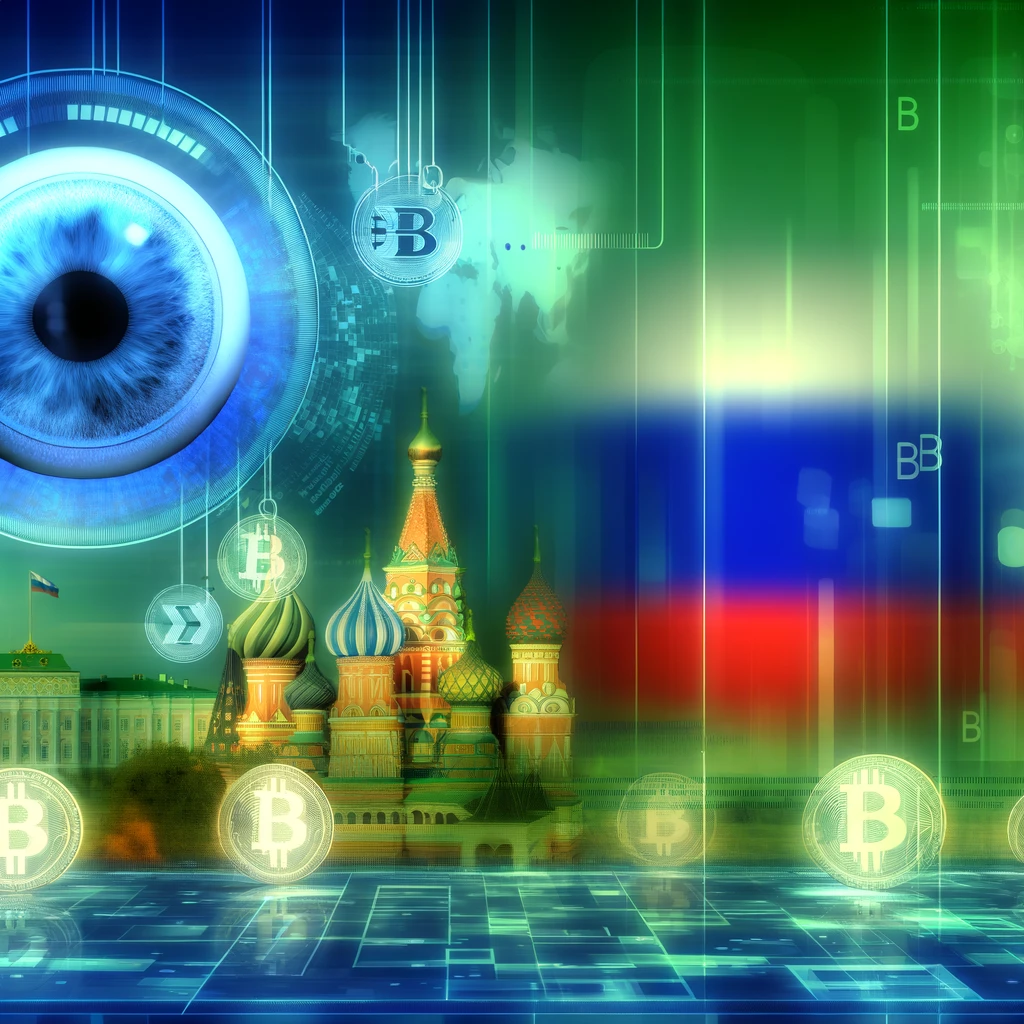Keeping tabs on the world’s digital financial shenanigans, the U.S. has cranked up its vigilance, especially when it comes to Russia’s crypto antics. This isn’t about having a casual peek over the fence; it’s about zeroing in on a sophisticated digital battlefield where currencies like Bitcoin and Tether become the weapons of choice for under-the-radar influence operations.
Picture this: two Russians and their tech savvy crews, supposedly under the Kremlin’s directive, have been caught red-handed, orchestrating what the Treasury calls a “malign influence campaign.” This isn’t your average hack job but a full-blown attempt to sway opinions and muddy waters, all with the help of some cleverly disguised websites and the digital cash to keep the lights on.
A Closer Look at the Digital Disguise
Diving deeper, the plot thickens with over 60 websites popping up like mushrooms after rain, all staged and ready to play their part in this digital theater of war. These aren’t just any websites; they’re wolves in sheep’s clothing, mimicking legitimate news outlets to spread tailored narratives. And just when you thought it couldn’t get any more James Bond, fake social media accounts enter stage left, amplifying these concocted stories to reach the masses. The cherry on top? Tether wallet addresses linked to these operations, now frozen thanks to the swift action of Tether itself, after the U.S. slapped sanctions on them. This move by the U.S. isn’t just a slap on the wrist; it’s a clear message: we’re watching, and we’re not playing games.
But why the intense scrutiny? With an election looming on the horizon, the U.S. isn’t taking any chances. Past ghosts of election interference are still haunting, and the thought of crypto being used as a tool for such activities has the U.S. on high alert. The strategy is clear: expose, deter, and prevent Russia’s well-documented penchant for playing fast and loose with the truth on the international stage. Yet, as much as sanctions are the go-to move, the cunning to circumvent them remains a game of cat and mouse, with Russia having a playbook ready for such scenarios.
The Endless Game of Digital Whack-a-Mole
The challenge of keeping up with Russia’s crypto maneuvers is likened to a never-ending game of whack-a-mole by those in the legal trenches. Despite sanctions and public denouncements, the flow of digital currency through networks previously flagged by the U.S. showcases not just resilience but a blatant disregard for international norms. This isn’t just about financial transactions; it’s about the broader implications for national security and the integrity of democratic processes worldwide.
The efficacy of sanctions as a deterrent is under scrutiny, with some arguing that while they serve as a temporary roadblock, they fall short of addressing the underlying issues. The conversation among policymakers seems stuck in a loop, with sanctions being the reflexive answer to a problem that’s evolving far faster than the solutions proposed. The real question being whispered in the corridors of power is whether these efforts are truly making a dent in Russia’s digital armor or merely scratching the surface.
As the U.S. doubles down on its efforts to safeguard its democratic institutions from foreign influence, the saga of crypto-fueled disinformation campaigns unfolds with each passing day.





